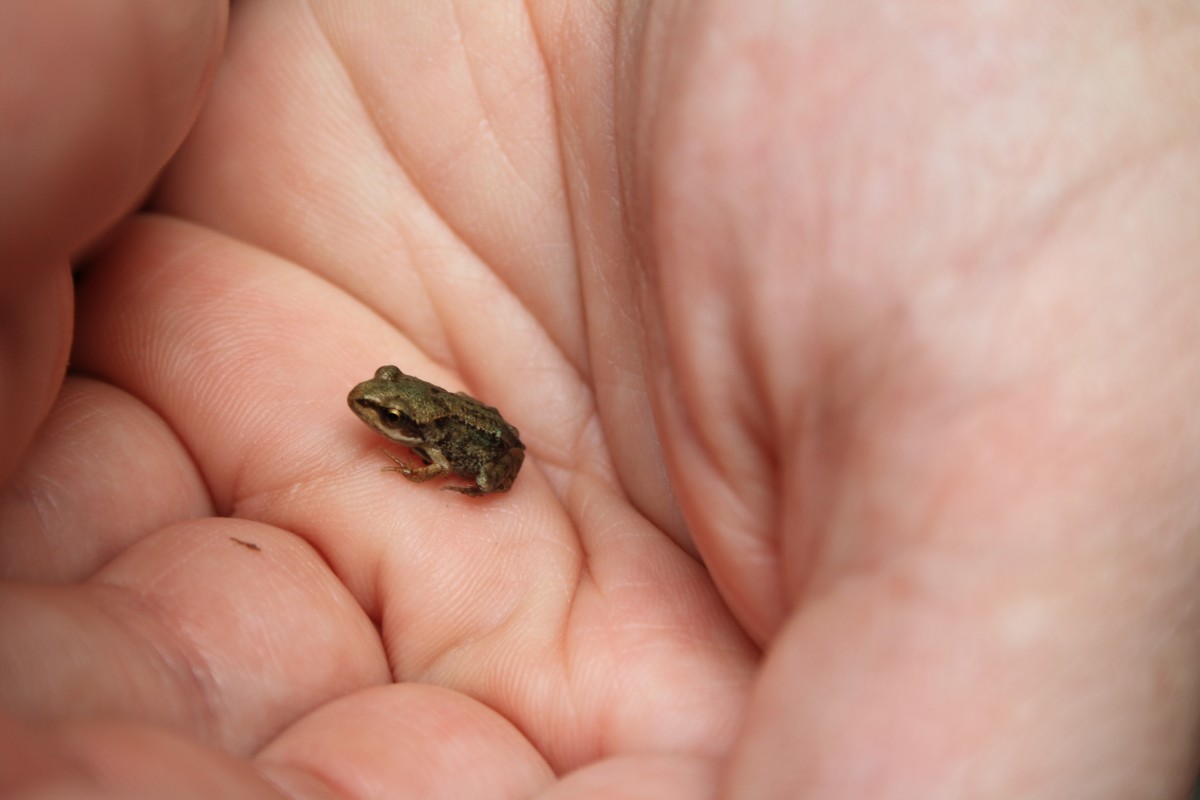Media release
From: The Royal SocietyClarifying the relationship between body size and extinction risk in amphibians by complete mapping of model space
In vertebrate animals, it is often the larger species that are most threatened with extinction. In amphibians, this pattern is less clear, and it has been suggested that species of smaller size may in fact be more vulnerable to human impacts. By borrowing new analytical methods from the social sciences, this study shows that smaller amphibian species are indeed more likely to be threatened. This unusual pattern may be the result of the smaller distributions of small species or the unique ecology and threats faced by amphibians. These results support calls for a renewed conservation focus on the world's smallest frog species.
Short straw - The smallest amphibians are at greatest risk of extinction. Unlike mammals, where the largest individuals are particularly threatened, this modelling study calls a renewed conservation focus on the world's smallest amphibians.


